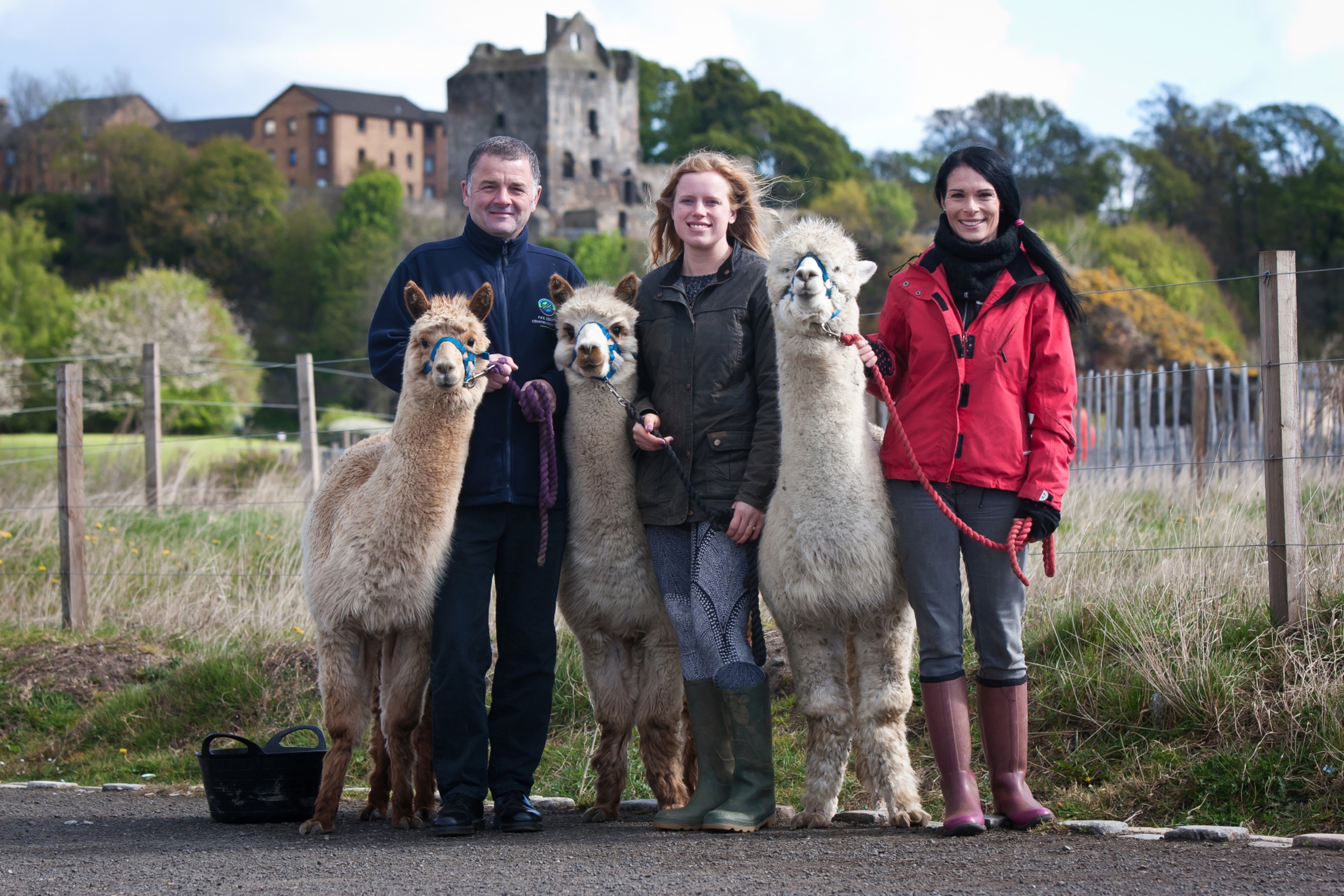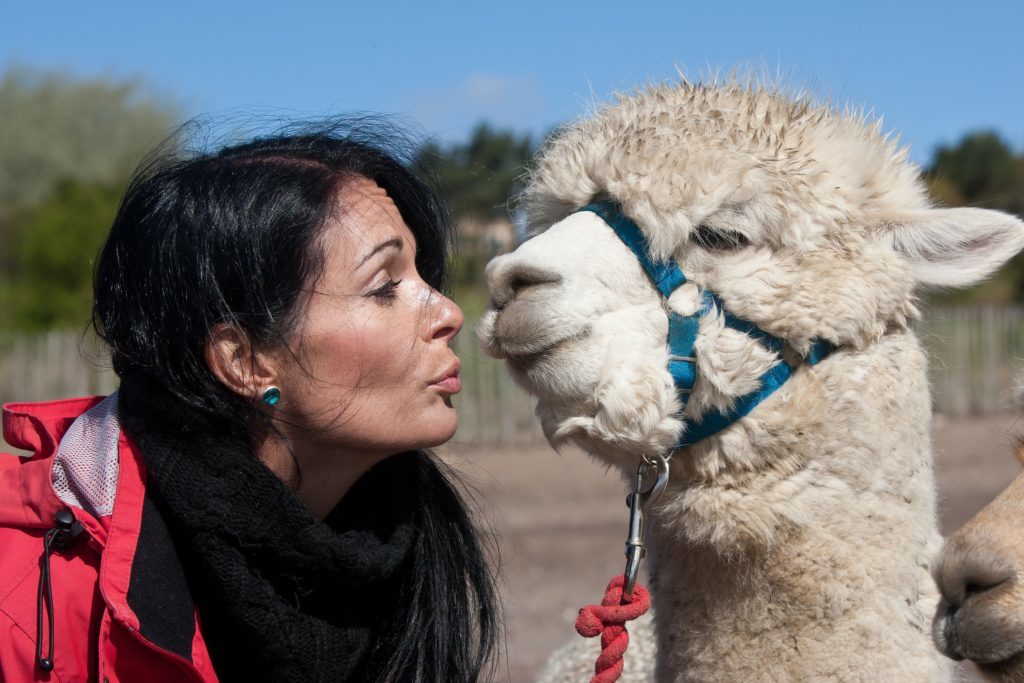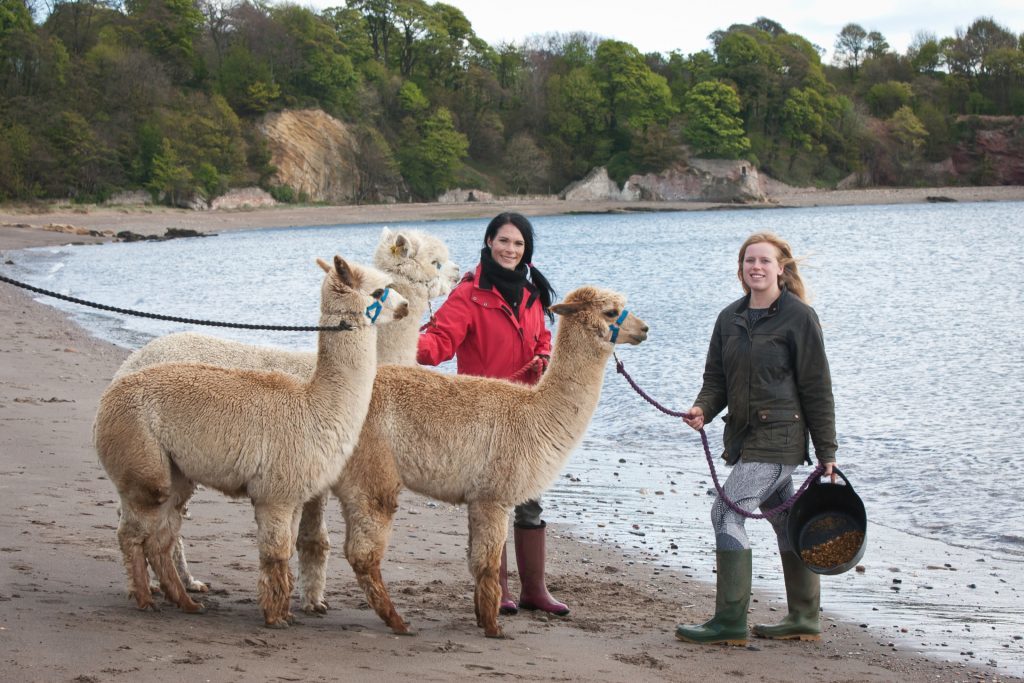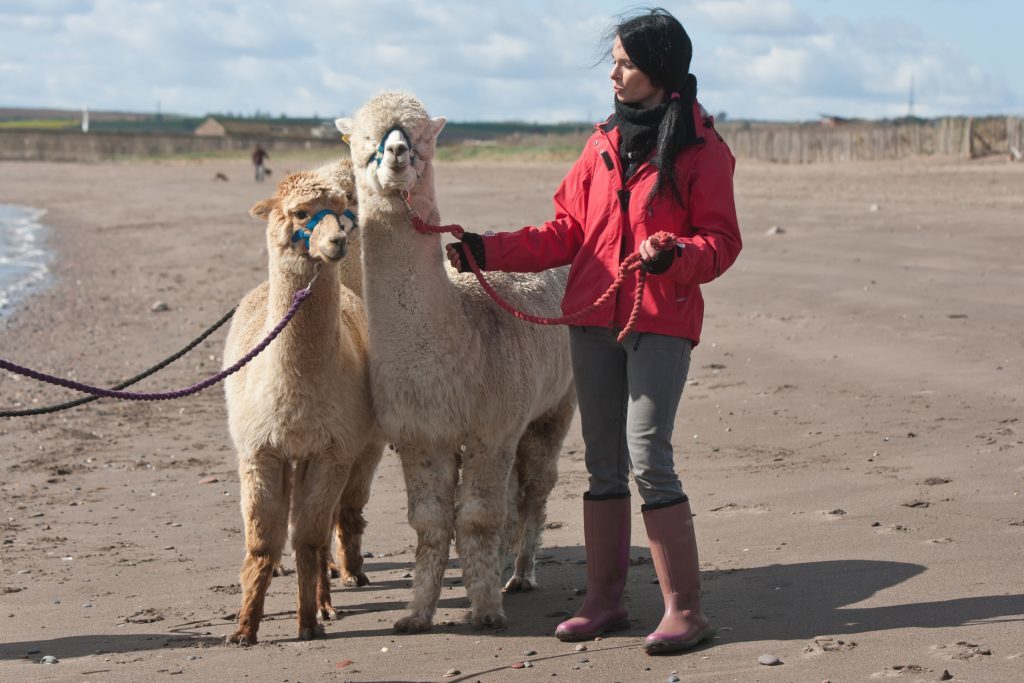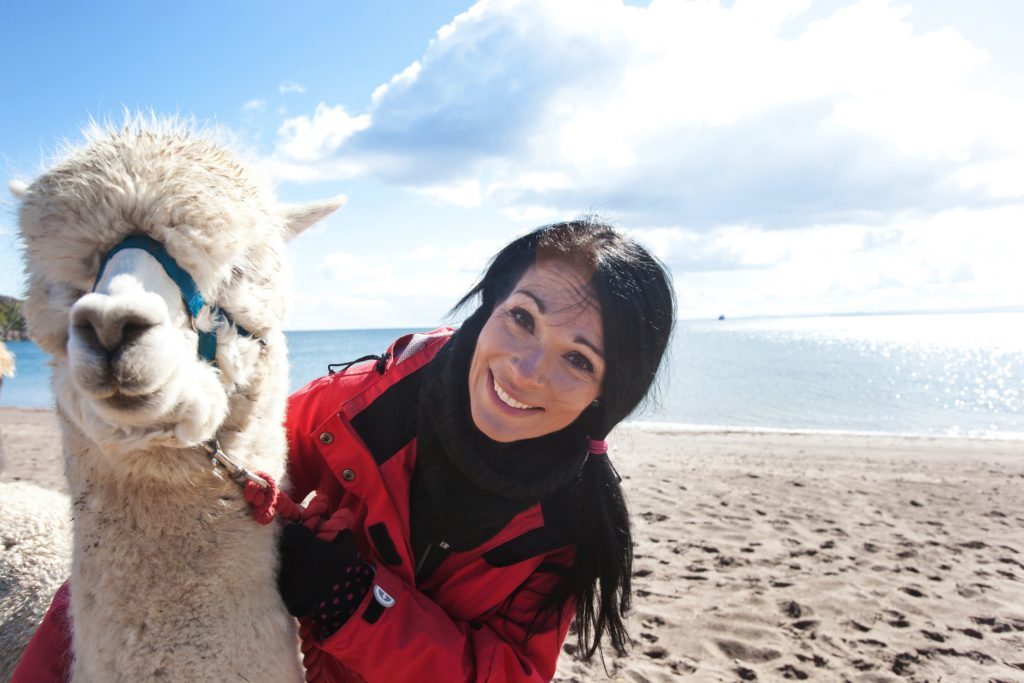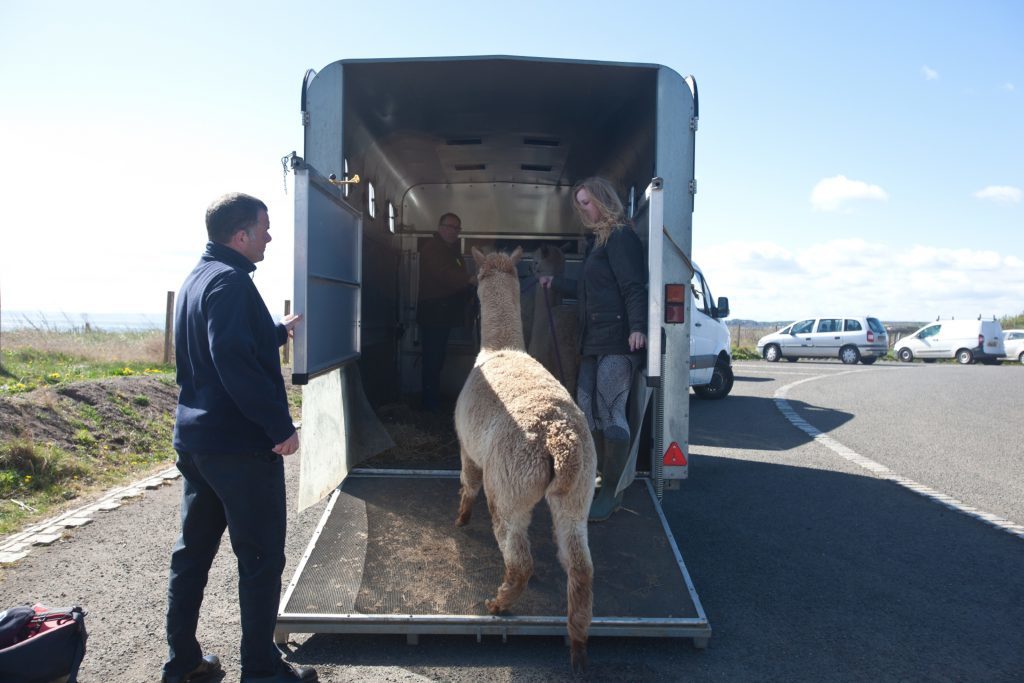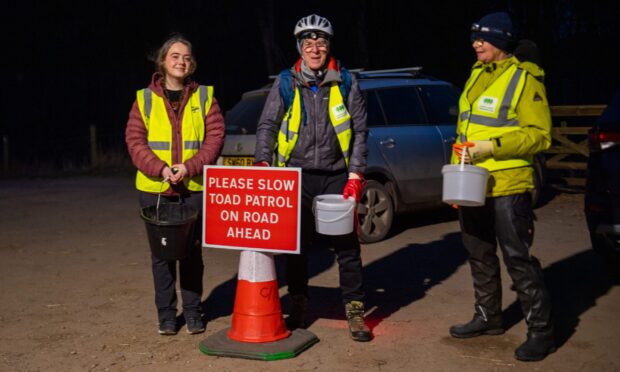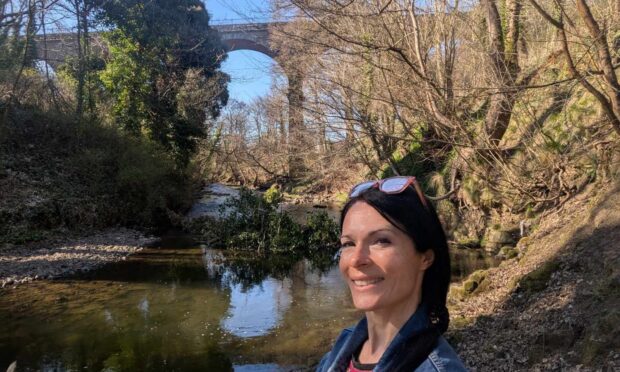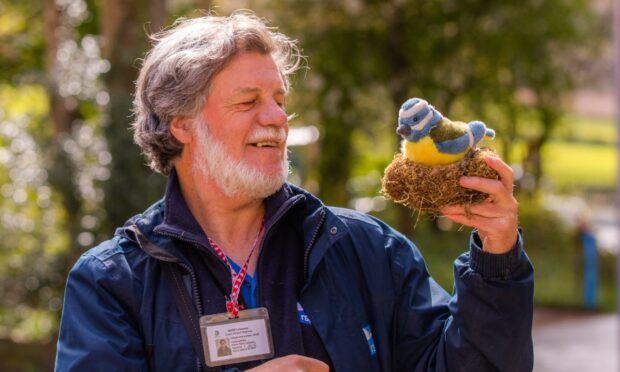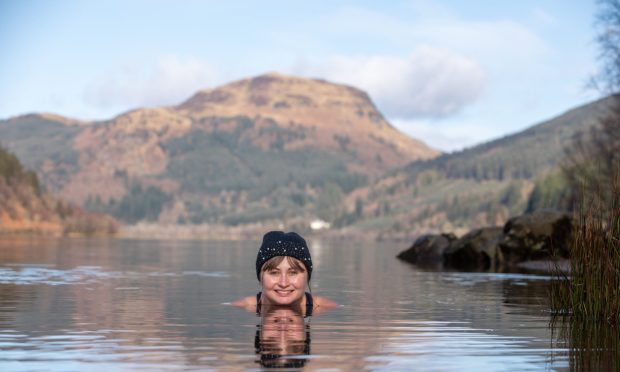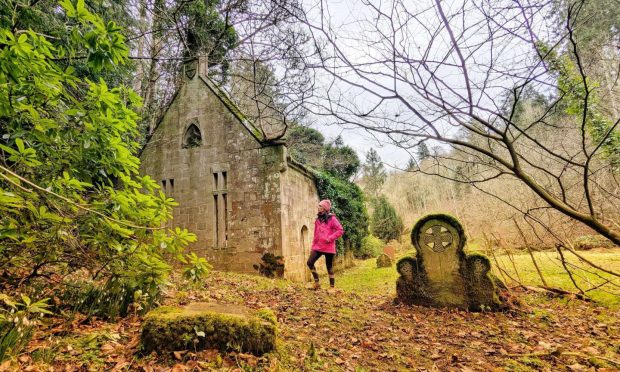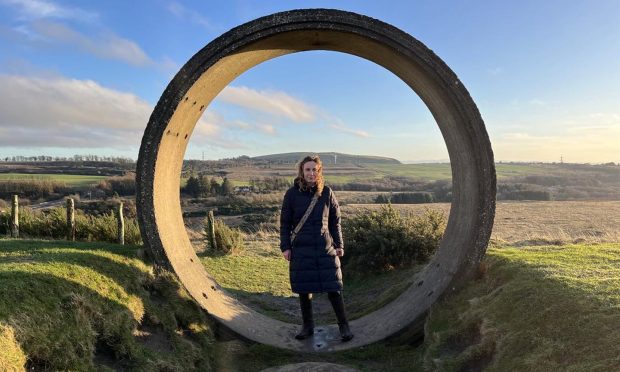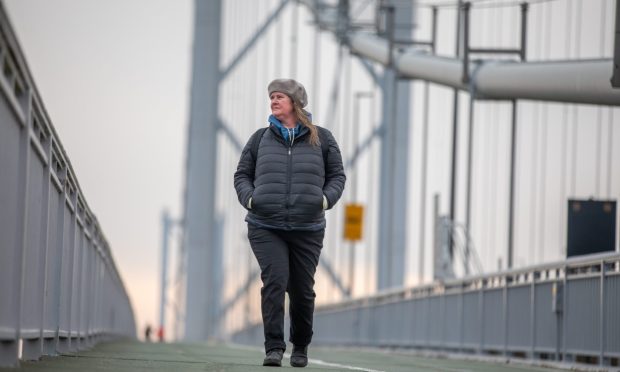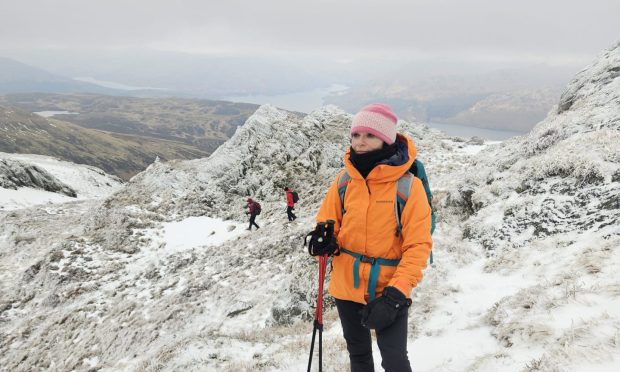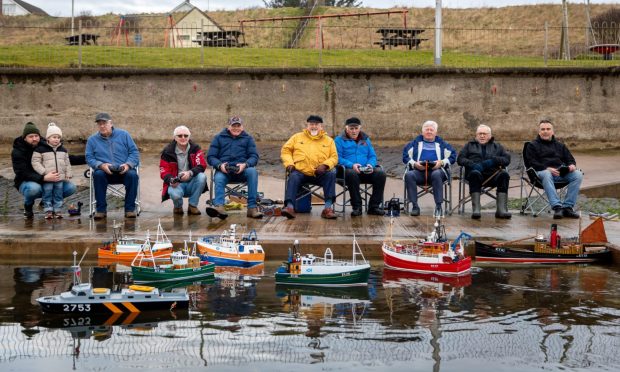Traditionally bred for their supersoft fleeces, alpacas are winning admirers for all sorts of reasons. Gayle Ritchie takes up the reins
Large, expressive eyes framed by stunningly long eyelashes gaze down at me as I stroke the fluffy creature’s neck.
Humming, he reaches down to nuzzle my face – I think we might just have bonded.
I’m on windswept but sunny Pathhead Sands in Kirkcaldy with three alpacas and their owners, father and daughter Paul and Sarah Johnson of Bowbridge Alpacas.
They set up the venture at Peat Inn near St Andrews two years ago after Paul, 58, who runs a plumbing and heating business, discovered the animals were great stress-busters.
“I went on a handling course at TOFT alpaca farm in Worcestershire and was amazed by how calming the animals were,” he explains.
“Simply by spending time around them, by stroking them and looking after them, my worries disappeared.”
At Bowbridge, the Johnsons raise alpacas (they currently have 31, but they’re on the hunt for more) and offer farm visits, workshops, trekking ventures and also sell fleece products.
“Sarah runs the business while I end up cutting toenails and collecting poo along with my wife, Alison,” jokes Paul.
On today’s trek, the alpacas – Ajax, Balthazar and Lughaidh – are exposed to sea water for the first time and they’re a little skittish when they experience waves crashing.
Leading Ajax with a rope, he seems a little braver than his pals, and emits cute humming noises as we move closer to the shore.
“That’s his way of communicating with the rest of the herd,” Sarah, 26, tells me.
“They use different noises – from humming to clucking and even screaming – to indicate everything from comfort to panic.”
A quick check of the Internet tells me they also make a noise called the “orgle”, described as being “like a rusty trumpeter attempting to play a solo into a swimming pool”. Apparently male alpacas make this noise while attempting to mate.
And yes, they do sometimes spit to signal displeasure, fear or dominance.
Thankfully, none of the lads spit at me today and rather, they’re all very gentle, as well as friendly, cuddly and curious.
Walking further down the beach, the alpacas are a tad nervous when a dog comes running up, but after a bit of spinning around, they relax.
“They’re very calm and inquisitive but unexpected things can make them jump,” says Paul, snuggling into Balthazar’s super soft fur.
For the most part, Ajax seems quite chilled out, and he’s more than happy to snaffle a few handfuls of nuts from me.
But the highlight of the trek is when he “kisses” me on the nose! Just call me the alpaca whisperer!
We’re approached by quite a few people during the trek, all keen to stroke the animals and take photos.
“It’s no surprise really – alpacas make people smile,” says Sarah, who also works as a dance teacher and helps with lambing.
It’s worth noting that alpacas are not the same as llamas, although they’re both part of the camelid family.
The difference? Alpacas are smaller and fluffier and bred for their fleece rather than as beasts of burden.
They are all pack animals, huddling together to protect one another from predators and they’re increasingly used for guarding lambs and poultry.
Treks are being planned for venues across Fife and beyond but the alpacas will also be appearing at a de-stressing event at Dundee University Student Union on May 5, allowing students to take selfies and enjoy hugs.
And if you organise a trip to Bowbridge, you’ll be able to take them on obstacle courses, walking them round cones, through plastic pipes, mazes and hoops.
Who knew alpacas could be so much fun!
info
Bowbridge Alpacas, at Peat Inn, is run by Sarah Johnson and her mum and dad, Alison and Paul.
Sarah travelled round Europe for three months in 2015 getting hands-on experience at alpaca farms.
The alpacas will be at the Fife Show on May 20 and other charity events are being planned.
The farm is working in partnership with Fife Coast and Countryside Trust and coastal team leader Robbie Blyth.
For more details, see www.facebook.com/bowbridgealpacasscotland/
